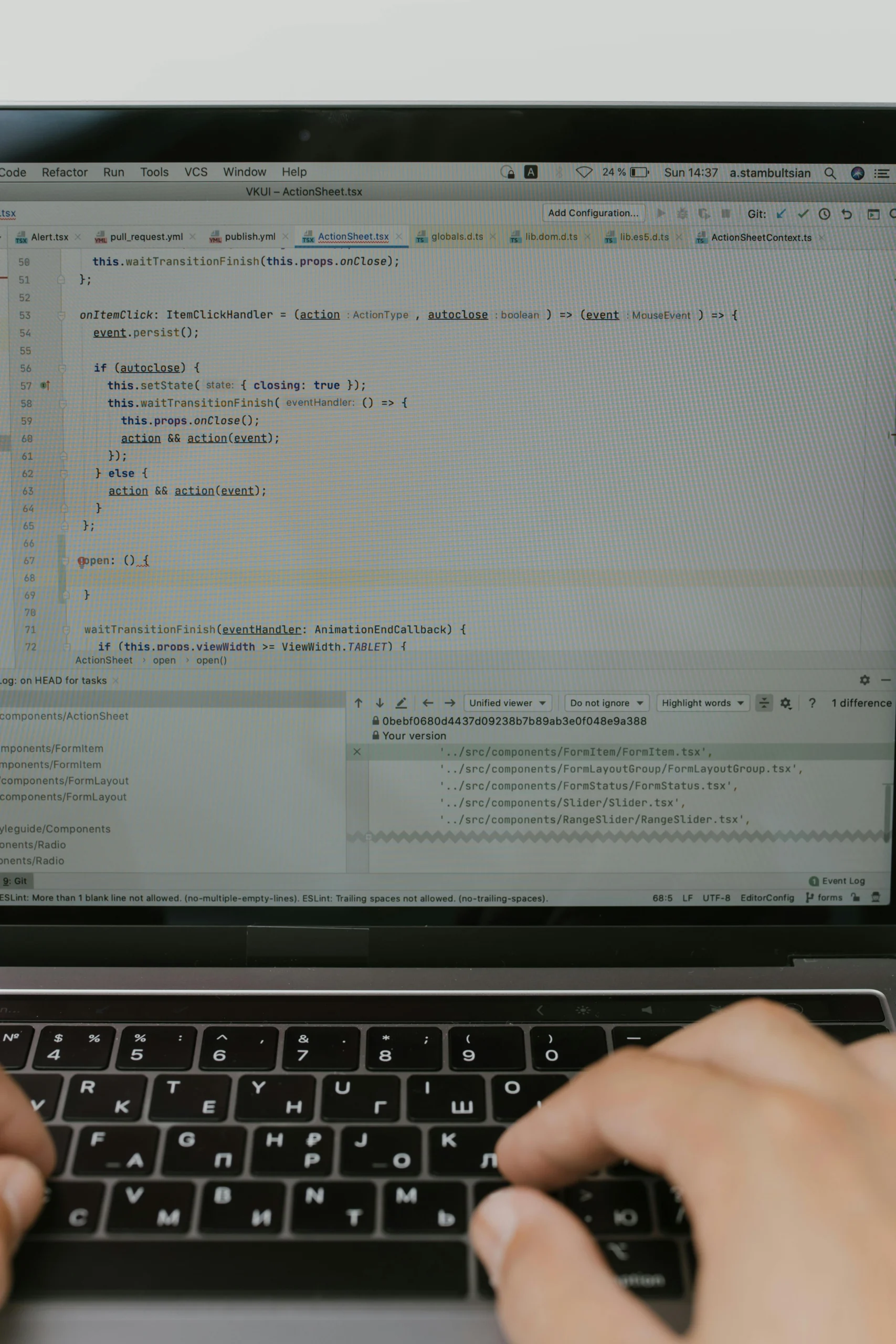Eye-tracking research has gained traction, particularly with the advent of machine learning. Understanding eye movements can reveal crucial insights into attentional mechanisms and user behavior. This paper supports Yarbus’ hypothesis that eye movements can be utilized to decode an observer’s task by enhancing traditional methods with synthetic data generation.
Utilizing techniques like CTGAN and its variations, the study presents a framework that notably improves task decoding accuracy from 28.1% with a Random Forest model to an impressive 82% when using Inception Time with augmented data. This demonstrates the substantial advantage of combining real and synthetic datasets for improved performance. Nonetheless, the reliance on synthetic data introduces considerations regarding the authenticity and representativeness of the generated samples, which could impact the applicability of the findings in real-world scenarios.
👉 Pročitaj original: arXiv AI Papers








